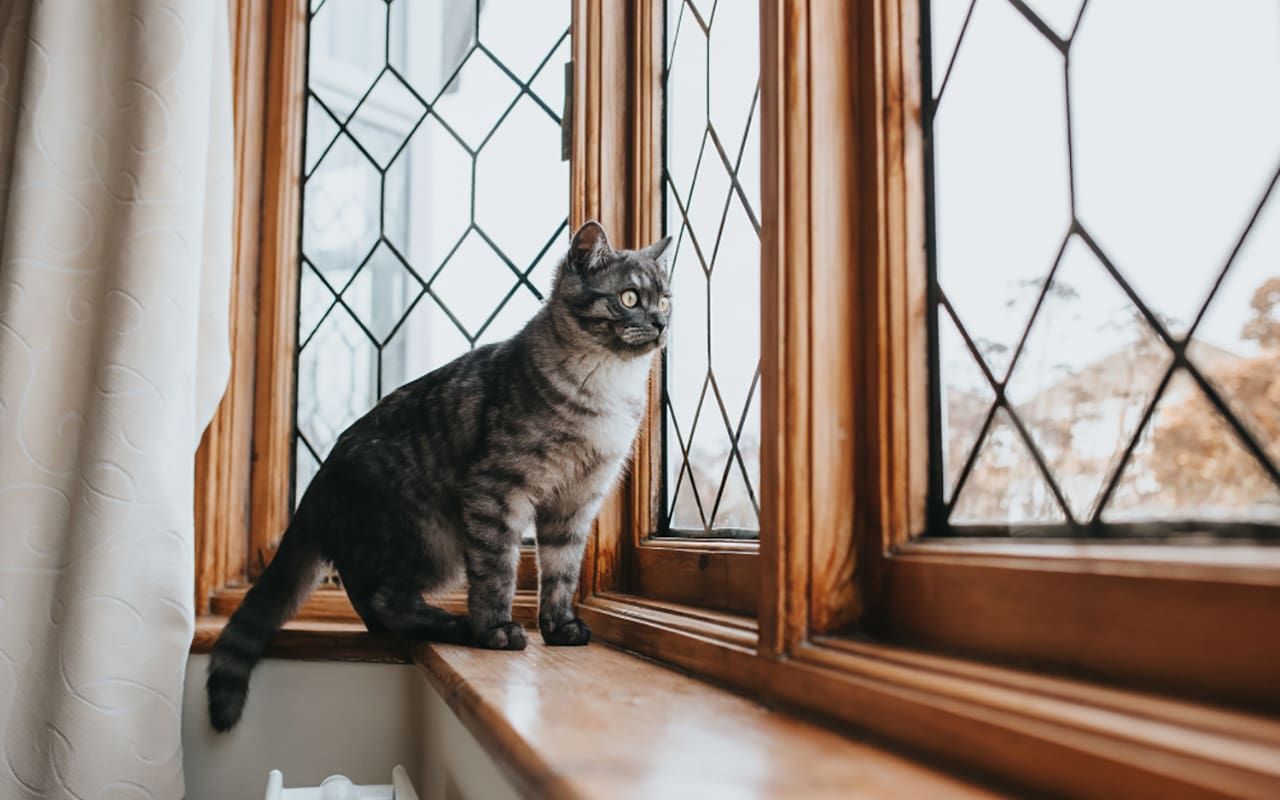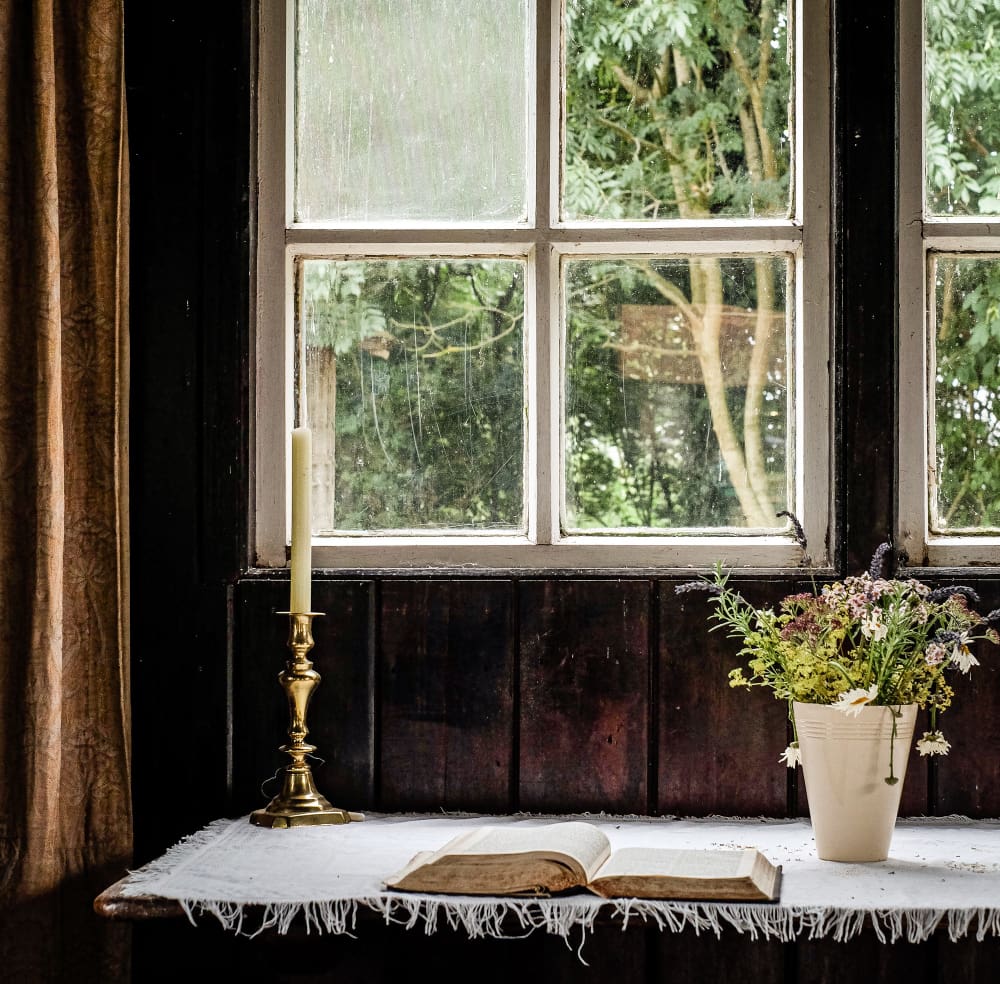
Double Glazing or Single Glazing
In the last in our series on Home Insulation we look at single glazing and why it still might be used today.
A comprehensive comparison between single glazing and double glazing.
When it comes to home insulation, the choice between double glazing and single glazing can significantly impact a home’s energy efficiency, comfort, and overall performance. In this section, we will conduct an in-depth exploration and comparison of double glazing and single glazing, examining their respective benefits, limitations, and applications. By understanding the unique characteristics of each method, you can make an informed decision that aligns with your specific insulation needs and ensures a well-insulated and comfortable living space. Before we dive into the comprehensive analysis of double glazing and single glazing to unlock the secrets of effective home insulation, let’s recap the benefits of double glazing:
Understanding Double Glazing
Recap of Double Glazing Benefits
As discussed earlier, double glazing offers a range of benefits that make it a popular choice for home insulation. Let’s recap some of these advantages:
Improved Energy Efficiency: Double glazing reduces heat loss and heat gain, leading to more efficient temperature regulation within your home and lower energy consumption.
Enhanced Thermal Comfort: By minimising cold spots near windows, double glazing provides a more comfortable living environment throughout the year.
Noise Reduction: The air or gas-filled gap between the glass panes acts as a sound barrier, reducing external noise infiltration and creating a quieter interior space.
Condensation Control: Double glazing significantly reduces condensation on the interior window surfaces, mitigating the risk of mould and dampness.
Increased Property Value: Homes with double glazing are often more attractive to buyers due to their energy-saving features, potentially boosting the property’s value.
Materials Commonly Used in Double Glazing
To ensure effective insulation and durability, various materials are used in the construction of double glazing units:
Glass: High-quality glass with low emissivity (low-E) coatings is commonly used to minimize heat transfer and improve energy efficiency.
Spacer Bars: The spacer bars around the edges of the glass panes are typically made of aluminum, stainless steel, or composite materials, maintaining the gap between the panes.
Insulating Gas: The space between the glass panes is filled with an insulating gas, such as argon, krypton, or xenon, to further reduce heat transfer.
Sealing Material: Specialised materials ensure the double glazing unit is hermetically sealed, preventing air or gas leakage and ensuring long-term effectiveness.
Exploring Single Glazing
Definition and Limitations of Single Glazing:
Single glazing consists of a single glass pane without an insulating layer. While it was once the standard option for windows, it now presents several limitations in terms of insulation and energy efficiency.
Identifying Scenarios Where Single Glazing Is Still Used:
Single glazing is still found in certain situations, such as:
1. Budget Constraints
One of the primary reasons homeowners choose single glazing is budget constraints. Double glazing, while offering substantial long-term benefits, can require a higher initial investment compared to single glazing. For some homeowners with limited funds, single glazing may be considered a more cost-effective option at the time of installation.
2. Internal Solutions
Single glazing finds its place in various internal solutions within buildings. In spaces where insulation and energy efficiency are of lesser importance, such as internal glass partitions or internal windows, single glazing may be preferred. These internal applications often prioritise visual appeal and transparency rather than thermal performance, making single glazing a suitable choice.
3. Planning Restrictions in Listed Buildings or Conservation Areas:
In some cases, local planning restrictions may prohibit the use of double glazing in listed buildings or conservation areas to preserve their historical or architectural significance. Authorities may specify the retention of single glazing to maintain the building’s original character.
In such situations, homeowners face a challenge in balancing the desire for improved insulation and energy efficiency with adherence to planning regulations. Fortunately, there are alternative solutions available:
Ultra-Slim Double Glazing:
Ultra-slim double glazing offers a compromise between energy efficiency and adherence to planning restrictions. This specialised type of double glazing replicates the appearance of traditional single glazing while providing better insulation. Although it may not match the thermal performance of standard double glazing, it offers an improvement over single glazing and complies with planning restrictions.
Vacuum Glazing:
Another option for homeowners in listed buildings or conservation areas is vacuum glazing. Vacuum glazing comprises two glass panes with a vacuum-sealed gap, significantly enhancing thermal insulation while retaining a slim profile. This technology can meet stringent planning regulations while offering improved energy efficiency.
In summary, while single glazing continues to be used in certain scenarios due to budget constraints and internal applications, planning restrictions in historic buildings or conservation areas may also mandate its use. In such cases, alternatives like ultra-slim double glazing or vacuum glazing provide solutions that strike a balance between energy efficiency and compliance with historical preservation requirements. Homeowners facing planning restrictions can make informed choices to upgrade their windows, ensuring enhanced comfort and environmental responsibility without compromising the architectural integrity of their properties.

Drawbacks and Challenges of Single Glazing:
Single glazing has several disadvantages:
Poor Insulation
Single glazing provides limited thermal resistance, making it less effective at retaining heat and regulating indoor temperatures.
Reduced Noise Reduction
Single glazing offers minimal soundproofing, allowing external noise to enter the living space more easily.
Higher Energy Costs
Due to its lower insulation capabilities, single glazing may result in higher energy consumption and increased utility bills.
Double Glazing vs. Single Glazing
Comprehensive Comparison of Performance and Benefits:
Double glazing outperforms single glazing in various aspects, including insulation, noise reduction, and energy efficiency. The additional layer and insulating air or gas gap in double glazing create a more effective barrier against heat loss and external noise, leading to improved thermal comfort.
Energy Efficiency and Environmental Impact
In terms of energy efficiency, double glazing significantly reduces the home’s carbon footprint by minimising energy consumption for heating and cooling. On the other hand, single glazing contributes to higher energy usage and may be less environmentally friendly.
Upgrading Options and Cost-Effectiveness
While single glazing may be chosen for specific reasons like budget constraints or internal applications, it is essential to consider upgrading options to double glazing when possible. Homeowners in listed buildings or conservation areas with planning restrictions can explore alternatives like ultra-slim double glazing or vacuum glazing, which offer enhanced performance and energy efficiency while adhering to local regulations.
Considerations:
Single glazing is generally chosen in three specific situations:
1. Budget Constraints: When the homeowner cannot afford double glazed units initially.
2. Internal Solutions: For internal glass partitions or internal windows, where insulation and energy efficiency are of lesser importance.
3. Planning Restrictions: In listed buildings or conservation areas, where planning permission specifies single glazing. In such cases, alternative options like ultra-slim double glazing or vacuum glazing provide improved performance and energy efficiency while complying with regulations.
In summary, double glazing offers superior insulation, energy efficiency, and noise reduction compared to single glazing. While single glazing may still be selected under certain circumstances, upgrading to double glazing or energy-efficient alternatives is highly recommended for a more comfortable, cost-effective, and environmentally responsible living space. LandVac Heritage Glazing is an ideal solution for Listed Properties and those in conservation areas.